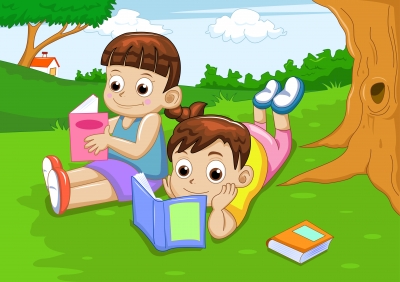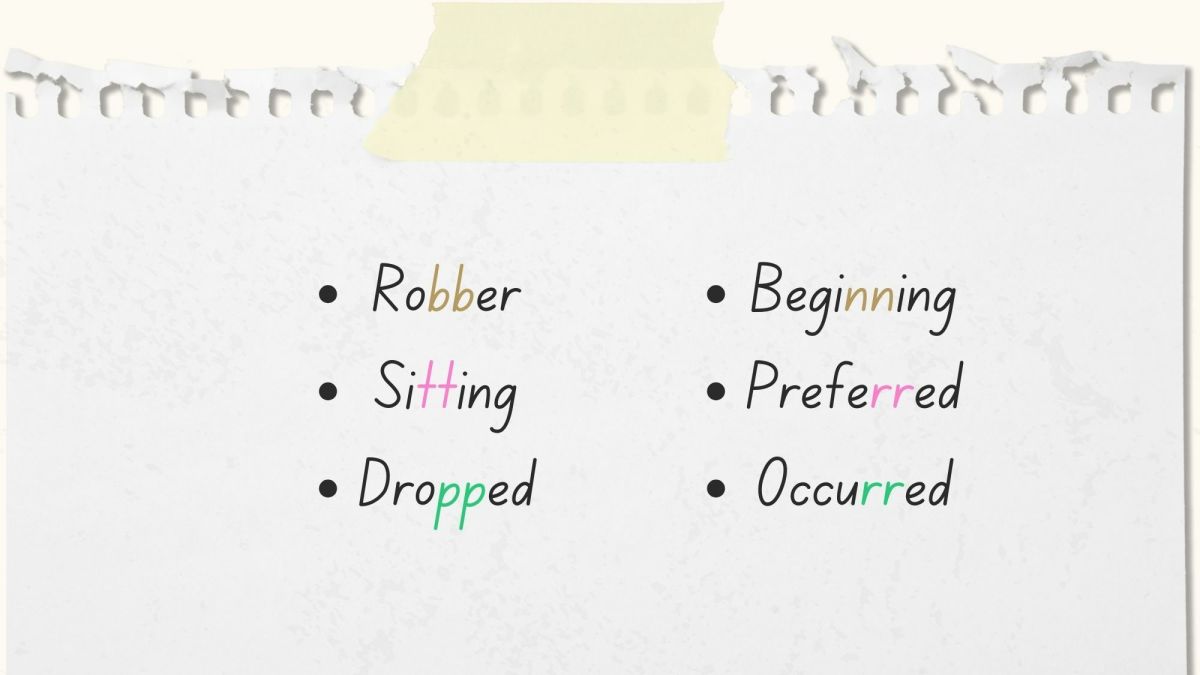- HubPages»
- Family and Parenting»
- Parenting Skills, Styles & Advice»
- Parenting Advice & Tips
Simple Steps to Reading

Simple Steps to Reading
Teaching your child to read can be intimidating task. You want to make sure you are doing it right, and you want to make sure your students gets off on the “right foot” at school. So, what if I told you that teaching your child to read involved only six steps? It is true.
While it will take more than six lessons or six days — your child needs to progress through each reading step before he can move to the next — your child can learn to read even complex words within weeks, not years.
The A Beka Book Phonics system uses six simple steps to reading:
1. Learn and recognize the short vowel sounds
2. Learn and recognize the consonants sounds
3. Blend together consonants and vowels
4. Sound out one-vowel words
5. Sound out two-vowel words
6. Learn and recognize phonics sounds
Step 1
Help students understand the pure short vowel sounds of A, E, I, O and U. For example, use word clues, such as a says a in apples, e says e in elephants to help students understand what the vowel sounds like.
Step 2
Help students memorize the consonant vowel sounds. Use clue words to help students recognize what the letter sounds like. Encourage pure sounds, for example, t says “t” (almost a “ti” sound, but definitely not “tuh”).
Step 3
Combine the consonants and vowels to make a “blend”. Walk -through the blend by pushing together the consonant and vowel. The letters “ba” say “b”, “a”, “ba”. Continue working on the blends until students can recognize the blend without sounding it out.
Step 4
Teach students the one-vowel rule: when there is one vowel in a word, it normally says the short sound. Sound out one-vowel words by forming the blend first, then adding on the final consonant. Use flashcards to help students recognize common one-vowel words.
"When Two Vowels Go Walking" video & song
Step 5
Teach students the two-vowel rule: when there are two vowels in a word, the first vowel normally says it’s name (the long sound) and the second vowel is silent. Sound out two-vowel words as a blend first, and then add the last consonant.
Step 6
Teach students the special sounds, such as “ang” in the word “bang” or “alk” in “walk.” Teach students to look for the special sounds in the words first, then sound out the word from left to right.
As with any reading or phonics program, you will need to implement repetition and memorization to help the student better grasp the reading concepts. Encourage progress in reading by finding reading materials that follow the level of the student. For example, when working in step 5, find books that feature one-vowel words.
For more articles on reading tips & the importance of reading, view the following articles I’ve written:
- How to Help Students Understand What They Read
- Why Reading to Children is Important
- Importance of Phonetic Approach to Reading
- So What Does the Silent "E" Do Anyway?
Consider checking about the A Beka Book website for more information on the Six Easy Steps to Reading or the A Beka Book homeschool and phonics system or for workbooks, flashcards and other materials to help with reading.








